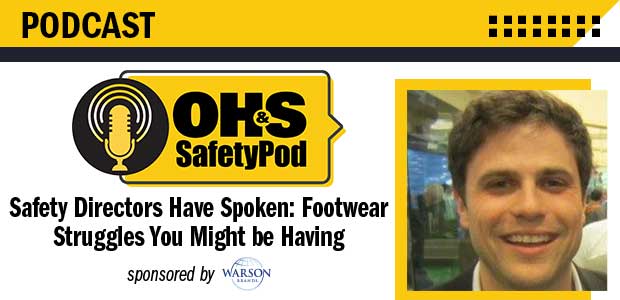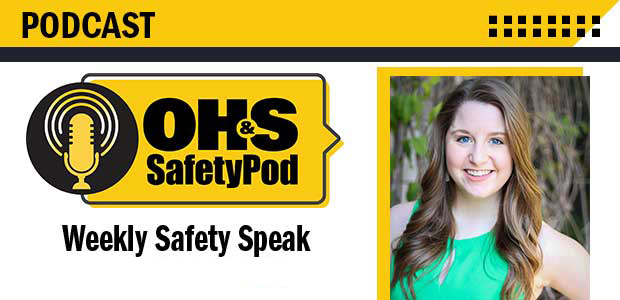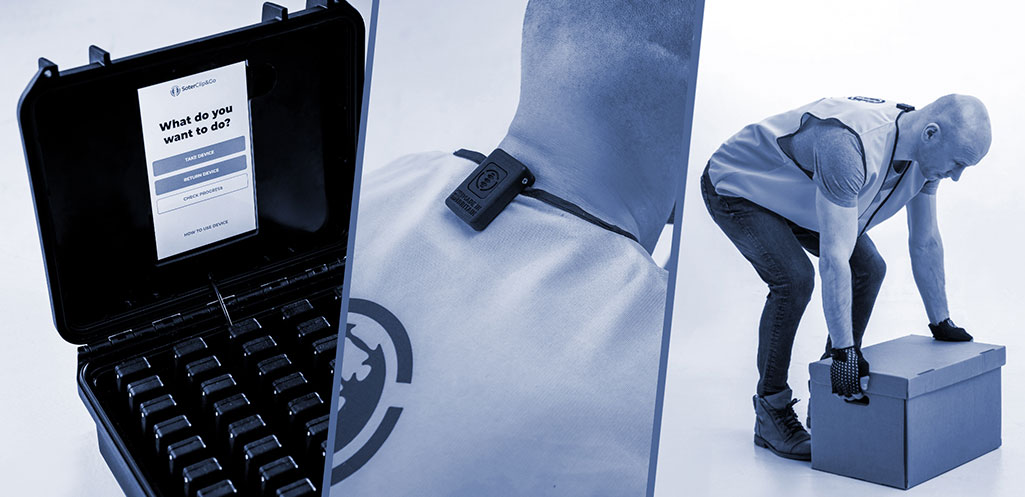
A new study shows that workers could be more likely to sustain an injury mid-shift.

Episode 55
A survey sent to safety directors has narrowed down the top struggles workers have with their protective footwear. Listen along as Editor Sydny Shepard and Vice President of Marketing at Warson Brands discuss the results of the survey and more.
Under the new legislation, coronavirus testing for transportation workers would be prioritized.
Safety professionals are encouraged to participate in the Fall Experience Survey by April 30.

Understanding the long-term symptoms of the coronavirus, it is clear that the virus will continue to impact public health in the future.
Efforts to curb the transmission of contracting COVID-19 by handwashing has lessened according to an annual survey from Bradley Corp.

As the workforce alters with the long-term effects of the pandemic, companies are expanding their benefits for employees.

For essential workers that must work through the cold conditions, there are many things to keep in mind to stay safe and healthy through the winter storm.

Issues stemming from complacency will decrease if an organization creates a culture that embraces enterprise-wide risk management.
Companies are still struggling to find time to train employees on workplace safety. Others can’t verify if their training programs are effective.

OSHA’s new guidance is sure to keep employees safe, especially since the organization can enforce more rules at any time.

Episode 54
Editor Sydny Shepard goes over the newest information from the Chemical Safety Board on the gas leak at a Georgia poultry plant that killed 6 people.

SPONSORED
Get ready, safety leaders - are you geared up to push the boundaries of manual handling safety? Pretty soon your workers will be wanting these pocket-sized wearables to assist them to move safe at work.
Trinity Rail and Maintenance Services Inc. was cited for 11 serious violations after the death of two employees in August.

The American Industrial Hygiene Association joined with eight other organizations to call on OSHA and the CDC to create coronavirus guidelines.
While this guidance does not create new legal obligations, employers should note that new legal obligations from OSHA relating to COVID-19 are likely forthcoming.

Wearing two masks blocks 92.5 percent of respiratory particles that could carry the coronavirus.